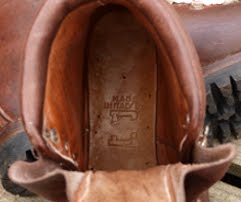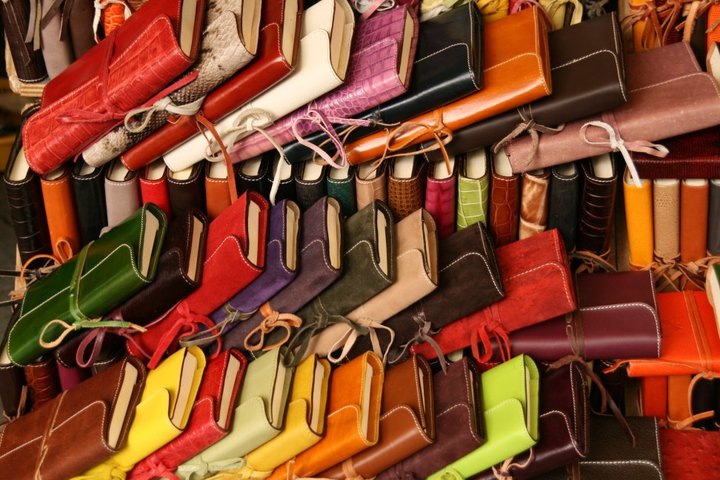 Leather. There’s hardly any other material used in the apparel industry, that has so many different ‘faces’ to it. For one, most leather products are either classy or else just plainly vulgar, this specifically applies to garments. But then again, for no other material, maybe other than silk, ‘price’ – or rather ‘expensive’ – is the next best attribute that comes to mind.
Leather. There’s hardly any other material used in the apparel industry, that has so many different ‘faces’ to it. For one, most leather products are either classy or else just plainly vulgar, this specifically applies to garments. But then again, for no other material, maybe other than silk, ‘price’ – or rather ‘expensive’ – is the next best attribute that comes to mind.
Tanning, the process of converting an organic piece of animal skin into a material that does not only not decay, but in addition is soft enough to be turned into a garment, a bag, a pair of shoes, gloves, a hat … is both, amazingly simple and at the same time surprisingly sophisticated. A process in which chemicals, be it man-made ones or those created by ingredients found in nature, play an important role; and where, if scaled to fit with mass-consumption habits, the environment can be (and by all accounts is) impacted heavily.
In my recent 10 day holiday in Italy, leather goods were omnipresent: in shop windows, artisans workshops advertising their services in one way or another, souvenir articles on offer, open air stalls at markets and popular tourist spots, factory direct sales signposts any many other details in the streets.
The designs aside – I just personally prefer what I see in Italy or Spain, fashion-wise speaking, over what I’ve come to see elsewhere – the quality over all was high … and the prices were … too cheap? Maybe, that is.
What I in the end had to come to terms with is, that I have no grasp whatsoever of how to judge leather products in detail.
The product as a whole, or rather, the product’s overall quality, is still within what I’m confident to have an opinion on. But ‘fair’ (as opposed to ‘too cheap’ or ‘too expensive’) price? Tanning quality? Sturdiness in everyday wear? Quality of the source leather before tanning?
No chance. I just simply can’t tell weather 75 Euros for a gorgeous looking pair of colourful leather boots is fair, or rather unsustainably under-priced. And I am equally unable to ask the critical questions about how the leather has been tanned in detail, which parts of a cow skin are specifically being used for that one cool bag, or what dyes were used to obtain the purple shade of above mentioned pair of boots.
Yet – I feel all those leather goods I saw were somehow a tad too cheap. Or maybe I’m just obsessed with the environmental damage done in their production given their price point?
Do you have any detailed insights into the production of leather, and notably also it’s product costing? If so, please use the comment section underneath to let me – and other readers – know!
Either way – the remedy to this lack of insights will, in one way or another, have to become the material for a future blog post here on Shirahime.

Picture (c): Chaminda De Silva Gamhewage

